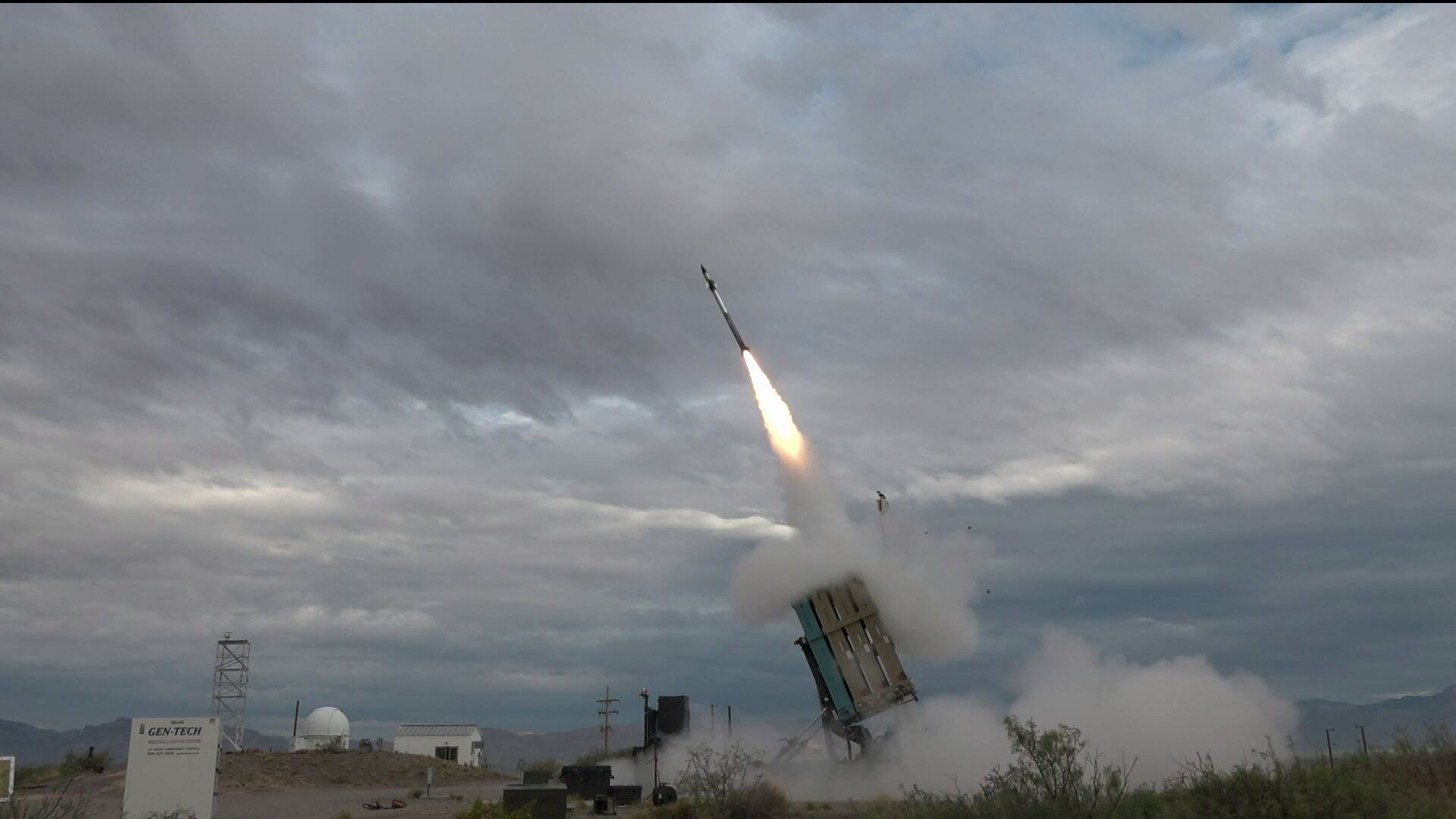WASHINGTON — The Marine Corps will soon merge two air control jobs as it updates its approach to aviation operations and fields a new suite of air defense systems in 2025 in the face of future dangerous, long-distance operations.
Starting as early as 2026, the Marines plan to combine the work of air controllers in two types of roles: those who run tactical air operations centers, and those who staff direct air support centers.
Tactical centers typically provide the big picture of air operations for commanders, while direct support centers sit closer to the fight to offer immediate air support to troops.
“It’s the way grunts have dialed 911 for air support throughout the ages,” Col. Mike McCarthy, who leads the Corps’ aviation expeditionary enablers branch, told an audience at the Modern Day Marine Expo here Tuesday.
RELATED

The Marine Corps believes it can merge air control jobs as it likewise combines the duties of those separate ops facilities into a new concept — the Multifunction Air Operations Center.
Using the Corps’ new common aviation command-and-control system, which pulls all systems like missile interceptors and other air defense assets into one holistic picture, the Multifunction Air Operations Center is expected to become a one-stop shop for managing those forces. The centralized facility will provide a tactical view of the battlespace, track aircraft and missiles, and strike adversary targets with live rounds and other means, such as electromagnetic warfare.
The change comes as the Corps plans to field multiple defensive technologies — adding key new pieces to its air operations enterprise — as soon as 2025. Those include the medium range intercept capability, a cruise missile defense system; the Marine air defense integrated system, two joint light tactical vehicles equipped with electromagnetic warfare tools and a 30 mm cannon; and the light Marine air defense integrated system, a smaller version mounted on an all-terrain vehicle that can fit in an MV-22 Osprey aircraft.
Those systems will flow to the planned 15 air defense batteries the Corps expects to have online by 2029. The Marines had four air defense batteries in 2019, armed with shoulder-fired Stinger missiles and machine guns, McCarthy said.
But air defense isn’t the only change that Marine aviation is tackling as it expects its operational hubs to grow farther and farther apart worldwide.
“We are good at killing things,” said Col. Derek Brannon, director of the Cunningham Group, which merges aviation strategy with new technology. “We have focused a lot on kill webs and kill chains. What we have not focused a lot on, but will drive and allow us to succeed at the end of the day, is the logistics side of that.”

The group is working to maximize the use of communications systems to automatically update a slew of aviation data, like fuel levels and whether a system needs maintenance, to give troops a more accurate understanding of inventory readiness at any given time.
By having that data on hand, aviation planners can in the future use advanced tools like artificial intelligence to better understand how to employ aviation assets worldwide, Brannon said.
To meet its longer-distance sustainment needs, the Corps is developing the tactical aviation ground refueling system — an MV-22 Osprey-transported fuel system specifically designed to gas up vehicles while deployed away from a brick-and-mortar base. The idea is key to Marines’ plan to spread units across vast distances while ensuring they have the supplies they need to fight.
The service is also writing requirements for a P19C fire truck that can be transported in a C-130 Hercules airlifter, and lightweight matting to set up expeditionary airfields on remote islands or austere locations, Brannon said.
Todd South has written about crime, courts, government and the military for multiple publications since 2004 and was named a 2014 Pulitzer finalist for a co-written project on witness intimidation. Todd is a Marine veteran of the Iraq War.








